
Road rage is a pervasive issue on our roads, with the potential to turn a routine commute into a dangerous confrontation. It’s an epidemic that can affect any driver, whether as an aggressor or a victim, and its consequences can range from minor frustration to severe injury or even death. The National Highway Traffic Safety Administration (NHTSA) defines road rage as when a driver “commits moving traffic offenses so as to endanger other persons or property; an assault with a motor vehicle or other dangerous weapon by the operator or passenger of one motor vehicle on the operator or passengers of another motor vehicle.” This definition highlights the critical distinction from aggressive driving, which is a traffic offense, whereas road rage is a criminal offense involving intentional violent and extreme behaviors.
Understanding the difference is crucial, as aggressive driving involves intentional behaviors that put other drivers at risk, such as cutting someone off, while road rage escalates to direct threats or harm. Tragically, road rage incidents have been on the rise. Data reveals that nearly 80 percent of U.S. drivers expressed significant anger, aggression, or road rage behind the wheel at least once in the previous year. Furthermore, statistics since 2008 show almost 1,500 people have been killed in crashes involving road rage and aggressive driving, with fatal incidents increasing nearly tenfold since 2004. These figures underscore the urgent need for every driver to learn effective strategies to avoid both perpetrating and becoming a victim of road rage.
While external factors like traffic congestion or running late can trigger aggressive responses, proactive measures and a shift in mindset can drastically reduce the likelihood of such encounters. By adopting a conscious approach to driving and learning how to de-escalate potentially volatile situations, you can contribute to a safer and more pleasant driving experience for yourself and everyone else on the road. This article will provide 15 practical, actionable ways you can avoid road rage and aggressive driving encounters, helping you to stay calm, courteous, and ultimately, safe.

1. **Cultivate Polite Driving Habits**
This is the foundational step towards avoiding aggressive driving behaviors and preventing road rage. Practicing polite driving means consciously choosing courtesy over competitiveness, and prioritizing the safety and comfort of all motorists. It’s about becoming a predictable and considerate presence on the road, which in turn reduces triggers for aggression from others.
This involves several key actions. Always avoid tailgating, which is following too closely for safety and a major cause of rear-end collisions and stress. Make sure to use your turn signals every time you plan to make a turn or change lanes, as sudden movements without warning can be extremely frightening and a major road rage trigger for some people. Similarly, check your blind spots, twice, when changing lanes to prevent accidentally cutting someone off and forcing them to brake sharply.
Beyond these specific actions, polite driving includes maintaining appropriate speeds and avoiding erratic behaviors like weaving through traffic or sudden, erratic braking. If you’re driving slower than the flow of traffic, especially on multi-lane highways, stay out of the left lane, which is typically designated for passing. When merging, always do so politely, allowing adequate space and signal use, rather than forcing your way into a lane. Erring on the side of courtesy not only helps avoid road rage but also makes driving a more pleasant experience for everyone.
Read more about: Beyond the Morning Ritual: 12 Game-Changing Habits of Top Automotive CEOs Driving Industry Transformation
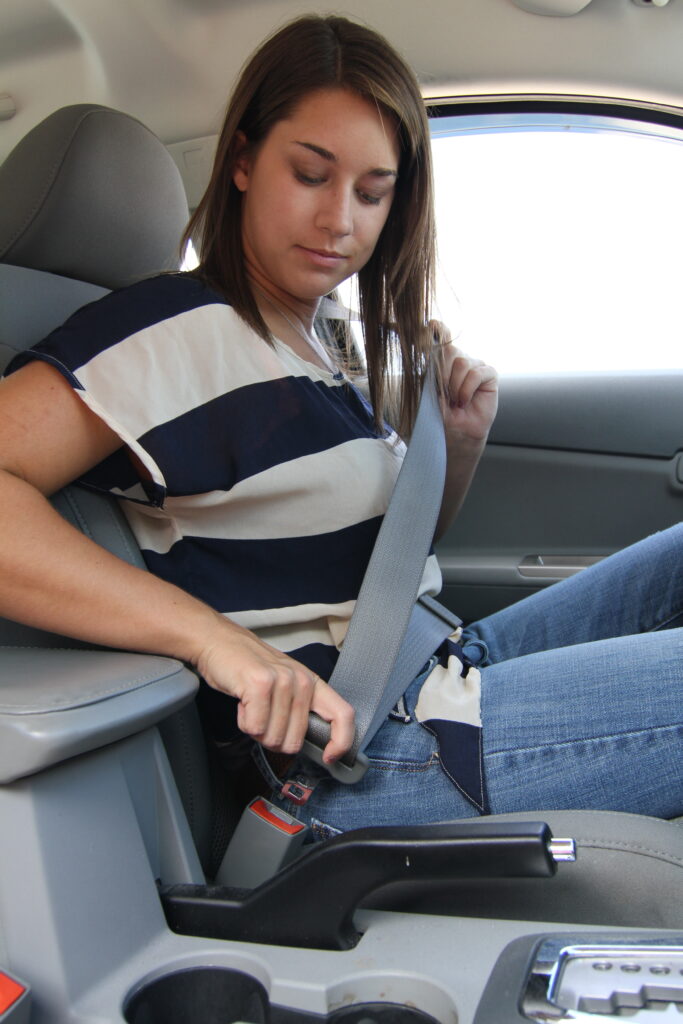
2. **Maintain a Calm Driving Environment**
The atmosphere inside your car can significantly influence your mood and reaction to external stressors on the road. Creating a peaceful and happy driving environment acts as a buffer against mounting frustration and potential road rage. It allows you to stay calm during your commute and helps you ignore the aggressive behaviors of other drivers.
One effective way to achieve this is by listening to music that makes you happy or calms you down. Audiobooks are another excellent option for remaining serene during long commutes, offering an engaging distraction that keeps your mind occupied positively. The goal is to make your car a sanctuary, a place where external road pressures are less likely to penetrate your inner calm.
Additionally, keeping your car and its windshield clean contributes to a less stressful environment. Clutter, even if you’re not consciously aware of it, can cause stressful feelings. Trying to see through a dirty windshield or frequently struggling to clean it with wiper fluid can cause anxiety and tension, feelings that quickly lead to road rage. A clear view and an organized space allow for better focus and a more relaxed state of mind.
Read more about: Master Your Commute: 12 Life-Changing Strategies to Slash Stress and Boost Your Well-being Every Day

3. **Allow Ample Travel Time**
Rushing is one of the most common precursors to aggressive driving and road rage. When you’re late or feel pressed for time, your anxiety levels rise, and you become more impatient with other drivers. This heightened state of stress makes you more prone to anger, more likely to make irresponsible driving decisions, and more susceptible to perceiving others’ actions as personal offenses.
To counteract this, it is essential to have reasonable expectations about your travel time. Before you even get in the car, consider when you’ll be driving in traffic and give yourself plenty of extra time to reach your destination. Setting unrealistic expectations for how fast you’ll get somewhere only sets you up for frustration and impatience.
By building in a buffer, you create a margin of error that absorbs unexpected delays, like traffic jams or slow drivers, without triggering a stressful response. This simple act of planning ahead allows you to stay relaxed and focused on safe driving, rather than constantly battling the clock and the perceived obstacles on the road. Remember, getting home safely is far more important than arriving on time at the cost of your peace of mind or the safety of others.
Read more about: The $15.8 Million Presidential Custom Fleet: A Deep Dive into High-Security Transportation and Campaign Operations
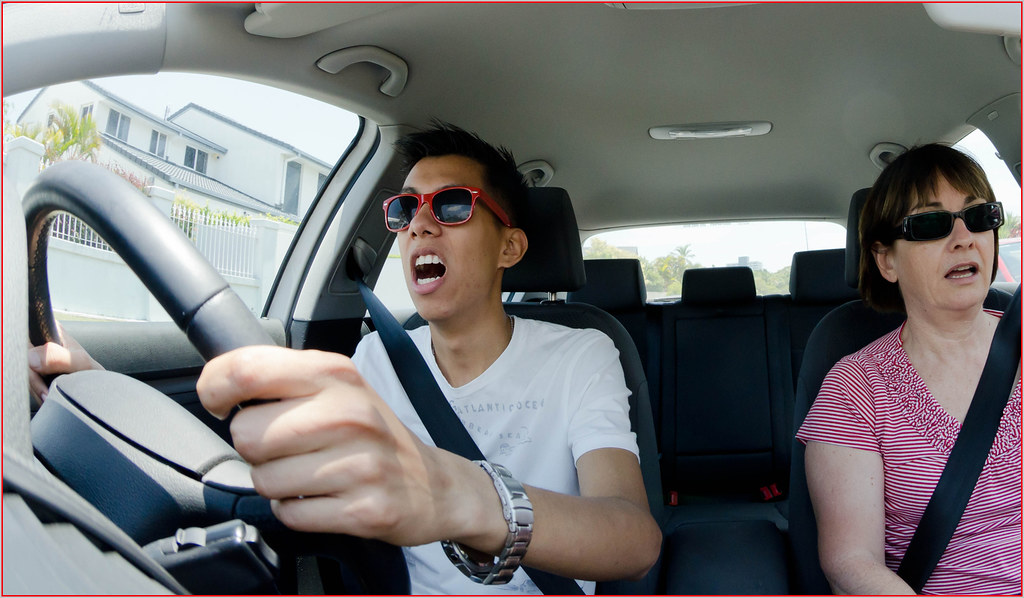
4. **Practice In-the-Moment Stress Reduction**
Even with the best intentions and preparations, driving can still present unexpected moments of tension or frustration. When you feel yourself becoming tense or anxious, having immediate stress reduction techniques at your disposal can prevent these feelings from escalating into road rage. These techniques are simple yet powerful tools for regaining control of your emotional state.
One straightforward method is to relax your grip on the steering wheel. Many drivers unconsciously clench the wheel when stressed, which further increases tension. Wiggle your fingers, and then consciously try to hold the wheel with a more relaxed grip. This physical act can help loosen up your body and, consequently, your mind, allowing you to retain control of the car while feeling less tense.
Another highly effective technique is deep breathing. If you feel anger or anxiety rising, take several slow, deep breaths. This calms your nervous system and helps to reframe the situation, lessening anxiety or anger before you react. Rolling your window down every now and then to let in some fresh air can also provide a small, immediate sense of relief and mental clarity, breaking the cycle of building frustration. You might also try counting to ten slowly, which gives you a moment to process the situation before impulsively reacting.
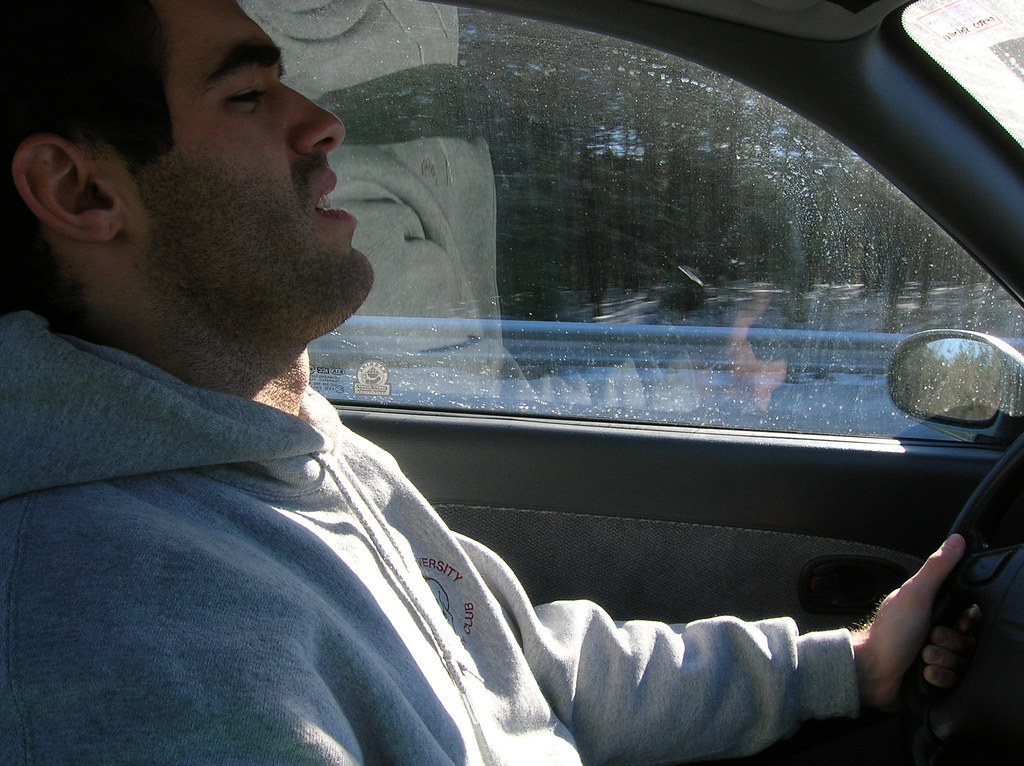
5. **Recognize and Avoid Driving Under Duress**
Your physical and emotional state before and during driving significantly impacts your susceptibility to road rage and aggressive behaviors. Driving when you are already in a state of distress, whether emotional or physical, severely compromises your judgment, reaction time, and overall patience. This makes you a prime candidate for either initiating aggressive driving or reacting poorly to the actions of others.
Specifically, avoid driving if you are angry, upset, or drowsy. These emotional and physical conditions impair your ability to think clearly and respond rationally. For instance, being angry or upset can cause you to take other drivers’ actions personally, leading to retaliatory behaviors. Drowsiness can slow your reaction time, increase irritability, and lead to dangerous mistakes, which can then trigger aggressive responses from other motorists or provoke your own frustration.
Furthermore, it is crucial not to drive under the influence of alcohol or any substances that will impact judgment and mood. These substances can make someone upset more easily, induce drowsiness, or significantly impair reaction time, among other detrimental effects. Recognizing these compromised states and choosing not to drive until you are calm, alert, and sober is a responsible and vital step in preventing road rage incidents and ensuring your safety and the safety of others.
Read more about: 9 Behind-the-Scenes Truths: Unpacking the Sincere Grief and Emotional Journeys of Automotive Heroes
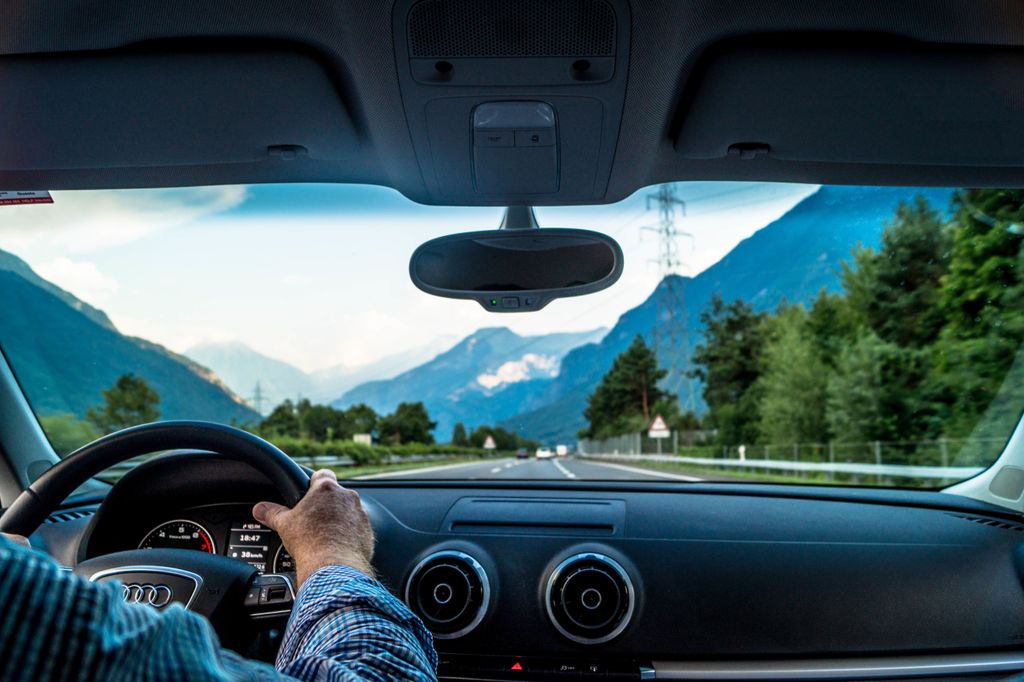
6. **Avoid Making Driving a Competition**
The road is not a race track, and driving is not a competitive sport where there are winners and losers. Adopting a competitive mindset on the road is a dangerous pathway to aggressive driving and road rage. When you view other drivers as opponents or obstacles to overcome, you are more likely to engage in risky behaviors and react with anger to perceived challenges.
Your primary goal as a regular driver is simply to get home safely. Winning on the road means arriving at your destination without incident, not proving a point or getting ahead of every other car. Getting worked up over a vehicle that has cut you off or somehow gotten in your way isn’t worth the emotional toll, the potential for an accident, or the risk of escalating a situation.
Some drivers may even intentionally try to provoke a reaction, passing you only to slow down, or playing other “games” on the road. It’s crucial not to get drawn into these contests. If possible, slow down enough to get behind a different car and create distance from any driver who seems to be “playing games” with you. Remember: getting home safely is infinitely more important than teaching another driver a lesson or “winning” a perceived road battle.
Read more about: Beyond the Hype: The 10 Most Dependable Hatchbacks That Will Outlast Your Expectations
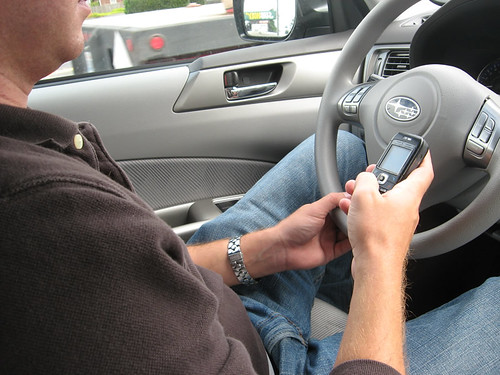
7. **Respond Calmly to Mistakes (Your Own)**
Even the most careful and polite drivers make mistakes sometimes. You might accidentally cut off another driver, brake too fast, or make some other maneuver that could be perceived as offensive or aggressive. How you respond to your own errors can either de-escalate a potentially tense situation or inadvertently trigger road rage in another driver.
When you realize you’ve made a mistake, a simple yet powerful action is to apologize visually. A quick smile and wave, acknowledging your error, can disarm and calm most other drivers. This small gesture communicates that your action was unintentional, not a deliberate act of aggression, and shows respect for their presence on the road. It demonstrates that you are a considerate driver, even if momentarily fallible.
This act of apology prevents the other driver from taking your action personally and escalating their own frustration or anger. It helps to maintain a courteous atmosphere and keeps minor blunders from spiraling into confrontational incidents. Taking responsibility for your actions, even small ones, is a crucial component of fostering a safer and more harmonious driving environment for everyone. It helps diffuse tension before it has a chance to build, leading to a much more pleasant journey.
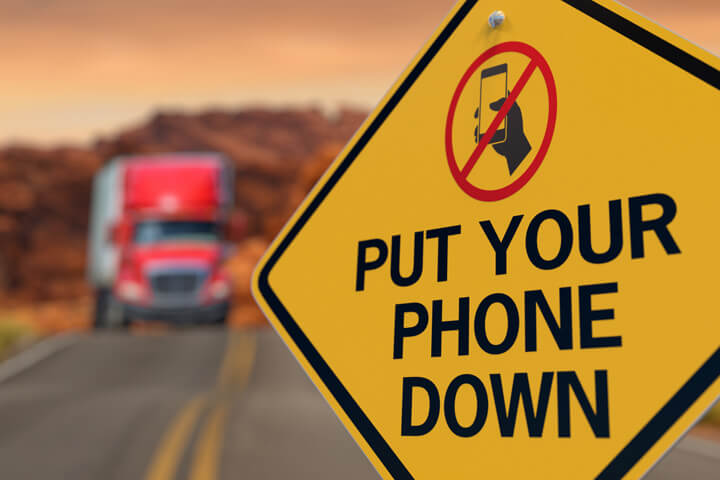
8. **Minimize Driving Distractions**
Driving demands your full and undivided attention. When your focus is split, you not only put yourself and others at risk but also significantly increase the likelihood of aggressive driving incidents. Distractions can prevent you from noticing crucial cues from other drivers, leading to unintentional errors that might provoke road rage in others. Maintaining unwavering concentration on the road is a fundamental defensive measure against such scenarios.
One of the most prevalent and perilous distractions in contemporary driving is the mobile phone. Engaging in conversations, texting, or even quickly glancing at messages diverts your eyes and mind from the critical task of driving, severely compromising your reaction time and judgment. The context explicitly advises, “Don’t talk on the phone, text message, eat, or apply lipstick while driving,” highlighting the broad range of activities that detract from safe operation.
Statistics underscore the gravity of phone-related distractions, noting that “Cell phone usage causes more than 25% of auto accidents in the US,” and further, that “Texting while driving is even more dangerous than talking on the phone.” To illustrate this danger, the context provides a vivid example: “If you’re driving 55 mph and take your eyes off the road for 5 seconds to read a text, that’s the equivalent of driving the entire length of a football field, while blindfolded.”
Beyond mobile devices, activities like consuming food or adjusting personal appearance while driving can similarly divert your attention. By actively eliminating these distractions, you cultivate a heightened awareness of your surroundings and the actions of fellow motorists. This enhanced focus helps prevent situations where you might be “caught off guard by other drivers’ actions,” thereby reducing the chances of fueling your own frustration or inadvertently triggering a dangerous incident. Staying alert allows you to respond safely and calmly to any unexpected event.
Read more about: Seriously Where Did They Go? A Deep Dive into 14 Iconic Car Gadgets That Vanished From Our Toolboxes

9. **Use Your Horn Judiciously**
The car horn is designed as a crucial communication tool, primarily for safety warnings. However, its misuse often escalates tension and contributes significantly to road rage. “Excessive honking is a road rage trigger for many people,” and it is generally perceived as rude or aggressive when not employed appropriately. Learning when and how to properly use your horn can effectively prevent provoking other drivers and helps foster a calmer driving environment for everyone.
Your horn should be reserved almost exclusively for emergency situations, functioning as a vital warning device to avert potential accidents. For example, the context advises, “Use your horn if another driver doesn’t seem to see you while backing out of a parking space.” Similarly, you should “use your horn to alert another driver that your lane is occupied, if it looks like they are about to swerve into you.” In these scenarios, a quick, light tap on the horn can be instrumental in preventing immediate danger, as recommended by safe driving practices.
Conversely, the horn should never be used as an outlet for anger, frustration, or impatience. The context unequivocally states, “Do not use your horn because you’re tired of sitting still in a traffic jam.” It also cautions against punitive honking: “Do not use your horn to punish the driver in front of you if they don’t immediately move when the light turns green.” Allowing other drivers a few extra seconds of grace at traffic lights can make a considerable difference in maintaining peace. In these situations, honking will “only make people angry” and offers no solution to traffic congestion.
If you find it necessary to capture a driver’s attention for a non-emergency reason, opt to “tap your horn lightly” rather than delivering a prolonged, aggressive blast. The underlying purpose is to communicate a message, not to antagonize or challenge another motorist. A judicious and considerate approach to horn usage reflects a polite driving attitude, actively working to de-escalate potential conflicts and fostering a more courteous atmosphere on the road for all. This small adjustment can yield significant benefits in terms of safety and reducing stress.
Read more about: Consumer Alert: Unpacking 14 SUVs That Master Transmission Reliability, Defying Post-Warranty Failure

10. **Actively Avoid Aggressive Drivers**
Encountering an aggressive driver on the road can be a startling and concerning experience, but your immediate reaction plays a critical role in determining whether the situation de-escalates or intensifies into a dangerous road rage incident. A paramount strategy for ensuring your personal safety and circumventing confrontation is to “get away from aggressive drivers” as swiftly and securely as possible. Prioritizing ample distance over insisting on your right-of-way is a fundamentally smart defensive driving tactic.
If you “notice a driver with aggressive behavior,” the most effective and recommended action is to establish physical separation. This can be readily accomplished by gradually slowing down and allowing the aggressive vehicle to pass you. The context assures us, “Simply let aggressive drivers go around you and typically, they will quickly be on their way.” This straightforward act removes you from their immediate proximity, allowing them to proceed and often defusing the tension before it has a chance to escalate into a direct confrontation.
Another effective method for creating crucial distance is to “change lanes so you’re not right next to each other.” This action serves to break the visual and physical proximity that frequently fuels aggressive interactions between drivers. Your overarching goal in such situations should always be to make yourself less of a target and to consciously avoid any behaviors that might be misinterpreted as a challenge or a provocation. Remember, arriving at your destination safely is the ultimate priority, not engaging with or attempting to “teach a lesson” to another driver.
Actively avoiding aggressive drivers also demands a high level of situational awareness and the ability to anticipate potential problems. If you find yourself being tailgated, the context advises, “move to a different lane if possible.” Should changing lanes not be an immediate option, then “slow down gradually and allow the driver behind to pass you.” These actions are not concessions but rather strategic maneuvers explicitly designed to ensure your safety and prevent a potentially dangerous and avoidable encounter on the road. Your safety is always worth more than a perceived victory.
Read more about: Master Your Commute: 12 Life-Changing Strategies to Slash Stress and Boost Your Well-being Every Day

11. **Refuse to Engage in Confrontation**
When confronted by an angry or aggressive driver, one of the most vital steps you can undertake is to consciously “avoid escalation.” Responding in kind—whether through retaliatory gestures, yelling, or adopting aggressive driving maneuvers—will invariably worsen the situation and dramatically increase your risk of danger. The context serves as a potent reminder that “the most dangerous road rage incidents happen when two or more drivers have aggressive responses to each other,” creating a volatile feedback loop.
It is crucial to internalize that “you’re not the police, and it’s not your job to remind others how to drive, even if they’re doing a terrible job.” Engaging in any form of direct confrontation is both counterproductive and inherently risky. This guidance extends to refraining from “making rude gestures or yell at other drivers.” Such actions are direct provocations that can rapidly lead an already angry driver to escalate their behavior, transforming what might have been a minor traffic incident into a serious and perilous threat.
A highly effective, non-verbal tactic to prevent engagement is to “avoid eye contact with an aggressive driver who is trying to pick a fight.” Sustained eye contact can be easily misconstrued as a challenge, further inflaming an already tense situation. Instead, keep your focus steadily on the road and your driving, giving the aggressive driver no perceived opening for interaction. The advice is unambiguous: “Although it can be difficult not to react when someone is shouting at you, the best thing to do is ignore it.”
If an angry driver “yells at you or shares a rude gesture out his or her window, don’t shout back at them.” Continue to drive as safely and predictably as possible, consciously choosing to “ignore the angry driver.” The context starkly reminds us that “Fighting and driving angry is dangerous to both of you as well as the other drivers and will only cause the situation to escalate.” Given that “as many as 37% of road rage incidents involve a firearm,” disengagement is not merely polite—it is an absolutely paramount strategy for your personal safety.
Read more about: Hollywood’s Cold War: 14 Major Actors Who Flat-Out Refused to Work Together Again

12. **Adjust Your Driving Attitude and Expectations**
A fundamental and impactful shift in your personal mindset can significantly decrease your susceptibility to road rage, both as a potential perpetrator and as a victim. Cultivating a positive and forgiving driving attitude means consciously choosing to “give other drivers the benefit of the doubt.” This particular perspective helps you to frame the actions of others not as deliberate personal attacks, but rather as potentially unintentional errors, or simply as reflections of their own stress and circumstances.
It is important to remember that many driving mistakes observed on the road are not born out of malice, but are simply accidental. The context explicitly highlights that “Many mistakes are unintentional and not meant as a personal offense.” When another vehicle cuts you off or executes an erratic maneuver, it is often attributable to momentary carelessness, a lapse in judgment, or even their own distraction, rather than a deliberate attempt to upset you. By internalizing this perspective, you can effectively prevent yourself from taking their actions personally, which is a critical step in halting your own anger from escalating.
Equally crucial is the effective management of your “expectations about your travel time.” Holding onto unrealistic beliefs about how quickly you should reach your destination can lead to heightened frustration and impatience when confronted with unavoidable traffic congestion or slower-moving vehicles. The practical advice provided is to “Know when you’ll be driving in traffic, give yourself plenty of time, and don’t set unreasonable expectations for how fast you’ll get to your destination.” This foresight acts as a buffer, substantially reducing the mental pressure that frequently triggers aggressive responses.
Ultimately, your personal attitude profoundly shapes your entire experience on the road. By intentionally adopting a patient, understanding, and non-competitive mindset, you construct a formidable buffer against external stressors and provocations. The context wisely challenges us: “Consider whether responding aggressively is worth being injured or killed.” This stark and sobering reminder underscores that your peace of mind and, more importantly, your safety, are infinitely more valuable than any fleeting satisfaction derived from “winning” a perceived battle on the road.
Read more about: Timeless Machines, Modern Rules: Unpacking the Legality of Classic Cars Lacking Modern Safety Features

13. **Take Breaks and Manage Fatigue**
Your physical and mental state profoundly influences your emotional resilience when behind the wheel. When you are suffering from fatigue or are physically overexerted, your patience dwindles rapidly, and your susceptibility to frustration and anger dramatically increases. Recognizing these personal physical limitations and proactively managing them is an essential strategy in preventing road rage from developing, both within yourself and in how you react to the actions of other drivers.
Prolonged periods of driving, especially during long road trips, can lead to significant fatigue and mental exhaustion, making you far more prone to exhibiting aggressive tendencies. The context explicitly suggests, “Try not to drive more than 3 hours at a time.” For more extensive journeys, it is strongly advisable to “take a break at least every 3 hours and pull over to stretch your legs.” Stepping out of the vehicle, even for a brief few minutes, can remarkably refresh your mind and alleviate accumulated tension, helping you to regain a calm and composed demeanor.
Sleep deprivation stands as another major contributor to irritability, impaired judgment, and decreased reaction times. “Doctors generally recommend that adults get about 8 hours of sleep per night.” The context issues a clear warning: “If you are sleeping less than this, the accumulated sleep loss will seriously affect your mood.” Being tired can directly “lead to anger, resentment, and annoyance, all of which contribute to road rage.” Ensuring you obtain adequate rest before embarking on any drive is a crucial preventative measure that benefits both your safety and your emotional well-being.
If you find yourself experiencing the tell-tale “symptoms of road rage” while actively driving, it serves as a critical signal to take immediate and decisive action. The context advises, “It’s a good idea to pull over if you are feeling symptoms of road rage.” Seek out a safe place to stop, such as a designated rest area or an exit with a public parking lot, then “get out and walk around for a few minutes until you feel more calm.” It is paramount that you never pull over on the side of a busy street or highway, but instead locate a truly safe and public area to compose yourself. This proactive pause can effectively prevent a potentially volatile situation from escalating dangerously.
Read more about: Master Your Commute: 12 Life-Changing Strategies to Slash Stress and Boost Your Well-being Every Day

14. **Seek Alternate Routes or Commute Adjustments**
In some instances, the very environment in which you regularly drive can be a consistent and chronic source of stress, which regrettably often leads to the development of road rage. If your daily commute or frequent driving routes are persistently plagued by heavy traffic congestion, ongoing construction zones, or other recurring frustrations, it may be a clear indicator that it is time to seriously consider strategic adjustments to your established driving habits and routines. Implementing long-term solutions to these environmental stressors can profoundly improve your entire driving experience.
If “construction zones or rush hour highway traffic tend to make you edgy and more likely to express your road rage,” the practical advice offered is to “find another way to get where you need to go.” Actively utilizing “an online mapping system to look at alternate routes using calmer back roads” can provide a much-needed sanctuary and respite from the high-stress environments of main thoroughfares. Even if these alternative routes might entail a slightly longer travel time, the significant reduction in stress can be well worth the additional minutes, directly contributing to a more relaxed and, ultimately, safer journey for you and others.
For individuals who experience persistent and pervasive feelings of road rage due to an extensive daily driving commitment, a more substantial life adjustment might regrettably become necessary. The context suggests, “If you find yourself continually battling feelings of road rage, you may need to consider taking a different job or moving closer to your job, to shorten your commute.” This poignant observation underscores that while individual coping strategies are undeniably important, systemic issues such as an overly long or inherently stressful commute can exert profound and lasting negative impacts on one’s well-being.
The advice is unequivocally clear: “A high salary will not offset the unhappiness caused by spending too much time on the road, when you could be spending with family and friends, or engaging in activities you enjoy.” This statement powerfully emphasizes the critical importance of balancing professional demands with personal well-being and quality of life. By thoughtfully re-evaluating and potentially adjusting your commute, you can proactively eliminate chronic triggers for road rage, leading to a much happier and more balanced existence both on and off the road.

15. **Know When and How to Call for Help**
Despite implementing all possible proactive measures and adopting defensive driving techniques, there might be rare and unfortunate instances where an aggressive driving situation escalates to a critically dangerous level, posing a direct and immediate threat to your personal safety. In such extreme and perilous cases, knowing precisely when and how to effectively call for external assistance is of paramount importance. Your absolute primary objective in these situations must always be to keep yourself safe, and this unequivocally means disengaging from confrontation and immediately involving appropriate authorities.
If an aggressive driver’s actions manifest into an outright “attack” or if you genuinely “feel threatened,” the immediate and absolutely essential step is to “call 911 right away and stay on the phone with the dispatcher.” Under no circumstances should you attempt to handle the situation yourself or engage further with the aggressor. The context explicitly advises, “If you are confronted, stay as calm and courteous as possible” while simultaneously seeking assistance. Crucially, lock your doors and keep your windows closed to establish a physical barrier between yourself and the aggressive individual, enhancing your immediate safety.
Furthermore, if you find that you are being followed by an aggressive driver, the recommendation is to “Consider driving to the nearest police station, convenience store, or other public location with witnesses.” A critical instruction to remember is: “Do not drive home,” as doing so could potentially expose your residence and, by extension, your family to unwarranted danger. If the aggressor continues to follow you to a public place, you should “stay in your car, and call 911” while awaiting the arrival of emergency personnel. Using your horn to attract attention, while remaining securely within your locked vehicle, can also be a helpful and attention-grabbing strategy.
The context also draws attention to the existence of “road rage hotline.” Many states provide these specialized hotlines where you can “report aggressive drivers” without the perilous need for direct confrontation. Instead of engaging with a dangerous individual, you can “simply let the authorities know about their actions and how they can be found.” This responsible action allows law enforcement to address the issue, thereby contributing to overall road safety for the community, while simultaneously ensuring that you remain out of harm’s way and are not exposed to further risk.
Always prioritize your physical safety and well-being over any perceived need to react, retaliate, or prove a point. Documenting crucial details such as “the license plate number, make, and model of the vehicle” can be immensely helpful for authorities if the situation escalates further. However, your immediate and unwavering focus should be on safely removing yourself from the perilous situation and promptly contacting the appropriate emergency services. These steps are absolutely crucial for protecting yourself and others in the face of extreme road rage, transforming potential tragedy into a managed resolution.
Read more about: The $15.8 Million Presidential Custom Fleet: A Deep Dive into High-Security Transportation and Campaign Operations
Navigating our roads can, at times, feel like a significant challenge, but with these practical and actionable strategies, you are empowered to profoundly transform your daily driving experience. By consciously adopting a proactive and mindful approach to every journey, you not only shield yourself from the inherent dangers of road rage but also actively contribute to a collective shift towards safer, more considerate driving for everyone sharing the roadways. Remember, every moment behind the wheel is an opportunity to practice patience and courtesy, turning potential conflicts into peaceful passages. Drive smart, drive safe, and arrive well, knowing you’ve done your part for a calmer commute.



